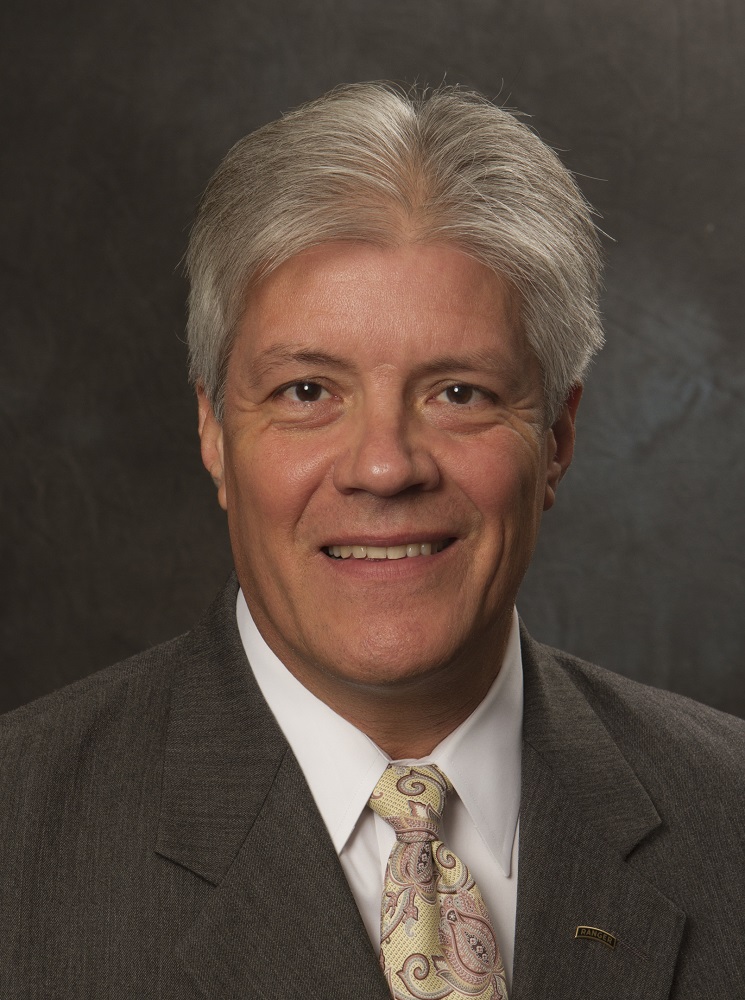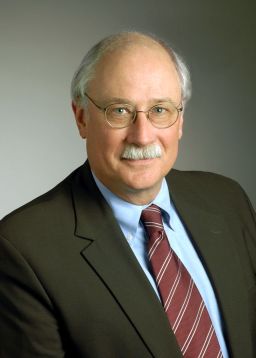Rethinking the Grid - How Our Changing Electrical System Will Impact the Ways We Produce, Distribute, and Use Energy.

Learn more about BuildingEnergy 15: http://nesea.org/be15

A few months ago, BuildingEnergy 15 conference chair Matt Root asked Stephan Wollenburg, Carter Wall and me to organize what we hope will be an inspiring opening plenary forum for BuildingEnergy 15: “Rethinking the Grid - how our changing electrical system will impact the ways we produce, distribute and use energy“
Our plenary speakers are among the most thoughtful people in the electricity arena today:
Karl Rabago, Executive Director at the Pace Law School Center for Energy and the Environment, is a creative and passionate advocate for clean energy policy, with a background in the private sector, government and military. He has served as a Texas utility commissioner, deputy assistant secretary at the US Department of Energy and managing director at the Rocky Mountain Institute, among other roles.

Mary Powell, CEO of Green Mountain Power, has turned her company into arguably the most clean energy friendly utility in the nation. She also transformed the company into the first B Corp utility in the world, independently certified to meet rigorous standards of social and environmental performance, accountability and transparency. The company has also grown impressively under her leadership.
Ron Binz is a utility policy consultant today after a successful stint advancing clean energy policies as the chair of the Colorado Utility Commission. Ron was nominated by President Obama to chair the Federal Energy Regulatory Commission, but his nomination was aggressively opposed by the coal industry and senators who expected he would be too friendly to renewables and energy efficiency.

After more than a century of relative stability, today the utility industry faces more change, risk and challenges than at any time in its history. We’ll explore how the changing electrical distribution system will impact the ways we all use energy. We’ll explore the complex implications from affordable viable electric cars, air source heat pumps and other transformative uses for electricity, coming at the same time that major coal, oil and nuclear generating plants are being retired. Most importantly, we’ll explore the technology and policy solutions evolving to enable a more reliable, resilient, environmentally responsible and affordable electricity grid.
For the architects, builders and building owners in the audience, we’ll explore how emerging realities will change the way your buildings interact with the grid, not only as consumers, but also supplying energy, load balancing and other services to the grid. On-site generation and building based electrical storage will have significant impacts on building design and provide both utility cost savings and revenue generating opportunities. Emerging changes in policy will impact the buildings NESEA members are building today.
Rate reforms allowing for options like real time retail pricing, grid modernization including smart metering and advanced communication technology, and other fundamental changes will transform the traditional utility business model and energy markets, while making the services NESEA members have to offer far more valuable.
A clear vision for the 21st Century energy system can create massive opportunities for distributed generation, storage, demand response and other new services and businesses. Enabling those solutions will flatten our electric load curve, drop peak rates and reduce the need for new transmission investment. All that, in turn, will lower electricity costs for ratepayers and reduce adverse environmental impacts from the utility industry that today is the most wasteful energy sector in our economy.
Unconstrained opportunity for distributed energy resources, more dependable profits for utilities, more reliable electrical service, lower costs for ratepayers, and more effective support for low-income households can all result from policy changes that should eventually unite current day energy policy adversaries with a new shared vision. But getting there won’t be easy and everyone does not yet share that same vision.
I look forward to our NESEA community gathering for what promises to be an interesting opening for the conference. If the forum inspires you to learn more, the plenary speakers will be joining us in a follow up session called “Rethinking the Grid - Q & A”, in which they will dig deeper into the conversation and answer your questions about our emerging energy future.

